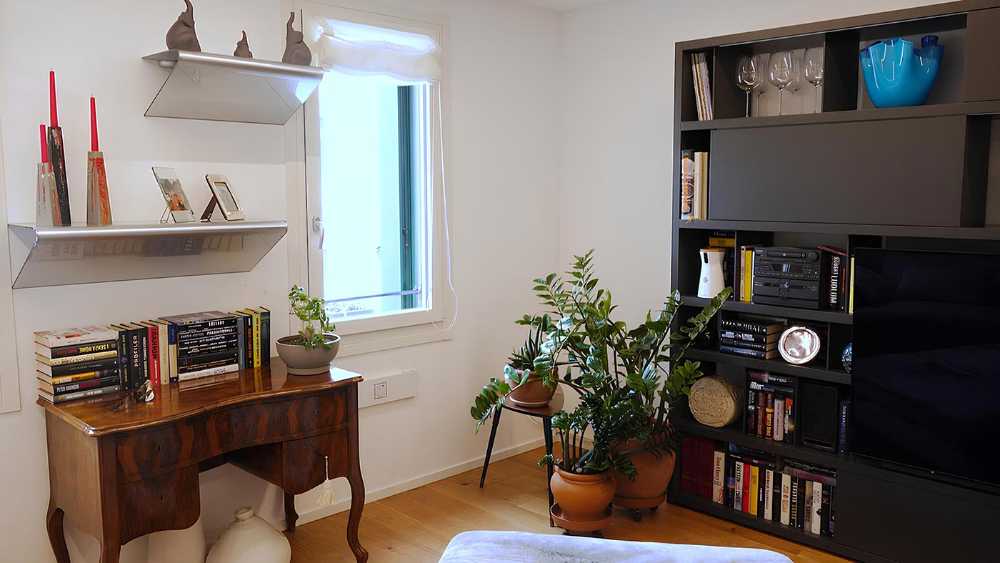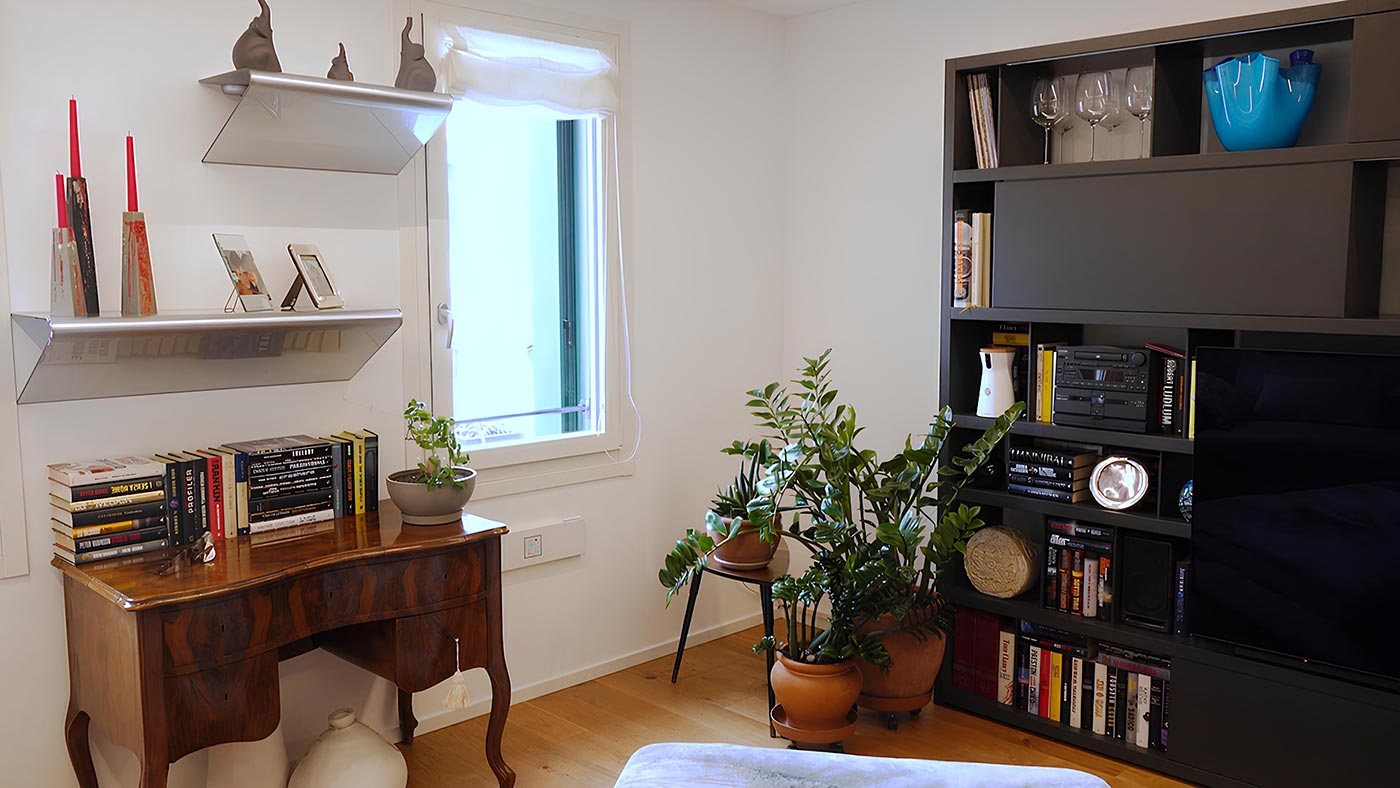The Former Nardari College: a Piece of History in Treviso
Dating back to the early 20th century and located in the heart of the city of Treviso, the former Nardari college represents a piece of the city's architectural history. The building, heavily bombed during World War II and poorly reconstructed in the post-war period, has recently undergone a significant recovery intervention that has allowed its conversion into residential use. The project, conceived and directed by the Archi-Plan studio in Montebelluna (TV), has managed to restore prestige and purpose to the building, preserving its authenticity and original formal characteristics but requalifying it from an architectural point of view to bring it up to the highest standards of regulatory and residential comfort.
Renovation and Sustainability
The works involved all the structural parts of the building - foundations, perimeter walls, staircase, floors, roof - and included the improvement of thermal insulation systems, the installation of photovoltaic panels, and the replacement of shutters and fixtures. The previous systems have been completely replaced: in particular, a centralized thermal system consisting of a hybrid system with a heat pump and a condensing boiler has been installed. Always with the aim of ensuring maximum indoor comfort for the residents, the intervention also included the management of internal air exchange for the four residential units of the building, where decentralized Helty Flow40 VMC machines were installed.
Technological Solutions and Residential Comfort
“We have considered the logic of internal comfort with insulation, also inserting an acoustic wall for isolation between units - commented Mauro Favaro, from the Archi+Plan studio. In this context, a system of air exchange through non-centralized units has been studied, for a logic of thickness containment, and we have installed machinery that was perfectly integrated even externally, taking into account the constraints for a historic building.” Thanks to the flexibility in the design phase and the simplicity of installation, the Helty Flow40 VMC systems proved to be the most suitable choice, as well as the least invasive.








